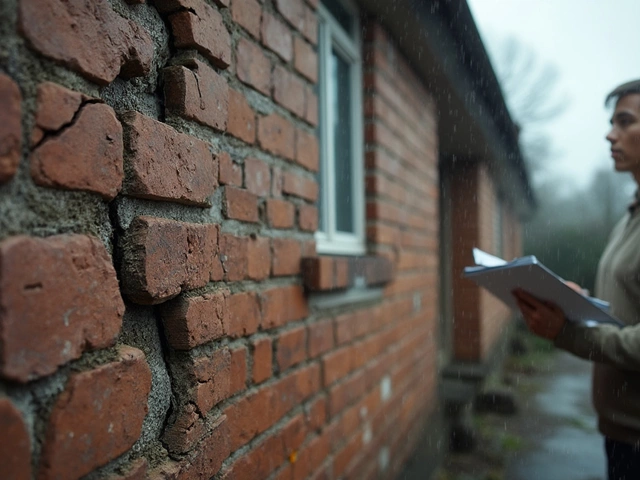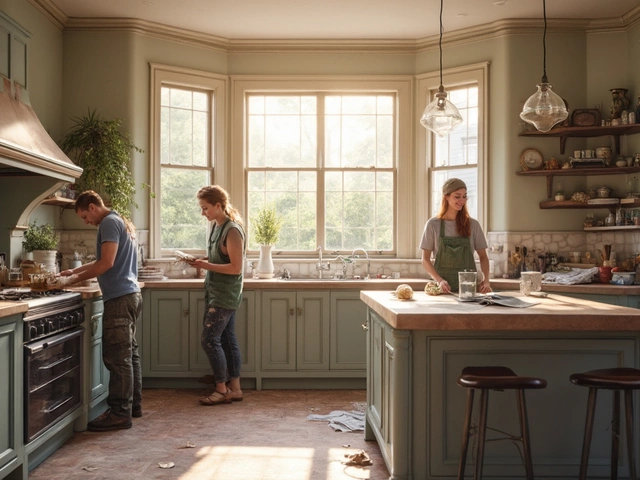Non-Commercial Construction: What It Really Means and Why It Matters
When we talk about non-commercial construction, building projects meant for personal or private use, not for profit or public business operations. Also known as residential construction, it includes everything from fixing up a kitchen to building a brand-new home from the ground up. This isn’t just about who pays for it—it’s about the whole purpose behind the build. A house isn’t designed to handle 200 people walking through it every day. It’s made for comfort, privacy, and living. That changes everything—from the materials used to the rules builders have to follow.
Compare that to commercial construction, projects built for business use, like offices, retail spaces, or restaurants. These need fire exits every 75 feet, ADA-compliant bathrooms, heavy-duty HVAC systems, and structural support for high foot traffic. Residential construction, the most common form of non-commercial building. Also known as home building, it’s guided by different codes, lighter materials, and a focus on livability over efficiency. You won’t find a commercial-grade elevator in a family home, and you won’t see a home builder installing the same fire-rated drywall used in a hospital. The differences aren’t just technical—they’re practical. One is built to make money. The other is built to make life easier.
And it’s not just about the structure. Building codes, the set of rules that dictate how and where you can build. Also known as construction regulations, they shift dramatically depending on whether the project is commercial or non-commercial. In a home, you might get away with a single smoke detector. In a store? You need interconnected alarms, emergency lighting, and a permit just to move a wall. Even something as simple as window size can be regulated differently. That’s why you can’t just take a commercial design and shrink it down for a house—and vice versa. The rules are written for different worlds.
That’s why so many people get confused when they hear terms like "commercial" or "industrial" thrown around. A school? It’s not industrial, even though it’s big. A tiny coffee shop? It’s commercial, even if it’s in a converted garage. The classification depends on use, not size. And if you’re planning a renovation, knowing whether your project falls under non-commercial rules could save you thousands in permits, inspections, or even future legal trouble.
Below, you’ll find real breakdowns of what goes into non-commercial projects—from how to position your fridge for better flow, to why a bathroom remodel order matters more than you think, to whether you can actually build a house for under $30K. These aren’t theory pieces. They’re from people who’ve done it, messed up, and figured it out. Whether you’re fixing up your own home or just trying to understand why your neighbor’s build took twice as long, this collection cuts through the noise and shows you what actually works.
Understanding Commercial and Non-Commercial in Construction
Distinguishing between commercial and non-commercial construction can get tricky, as these terms describe distinct types of projects with unique requirements. In essence, commercial construction pertains to projects that are meant for business purposes, like malls and office buildings, whereas non-commercial projects cater to private or organizational needs, like schools or homes. This article unpacks both types, tips, and intriguing details to help demystify this often confusing topic.





